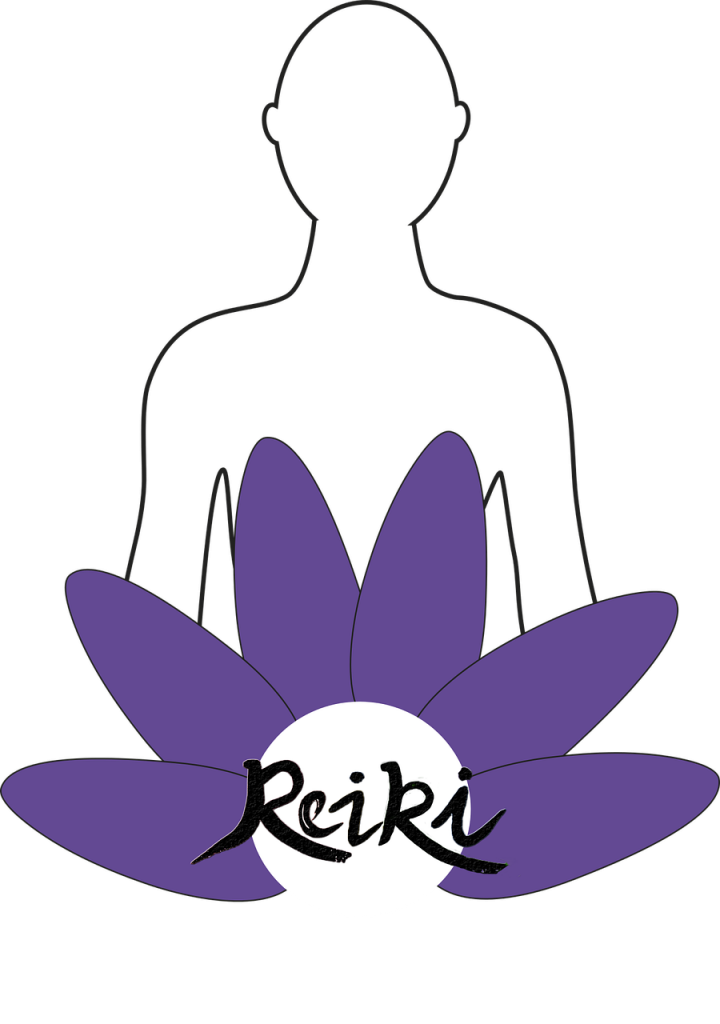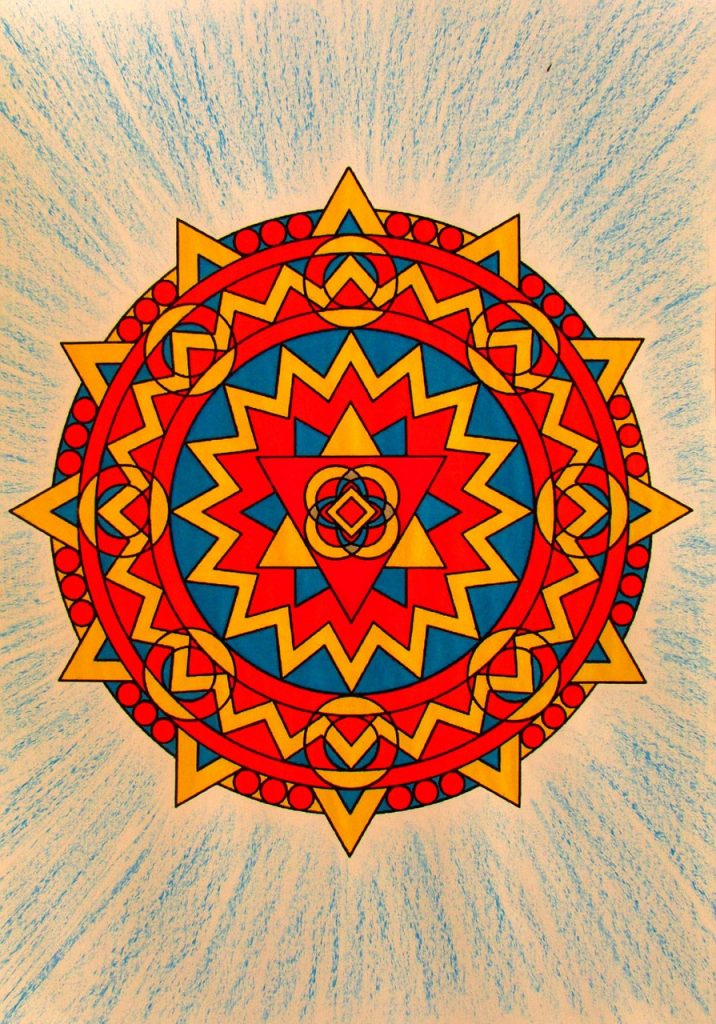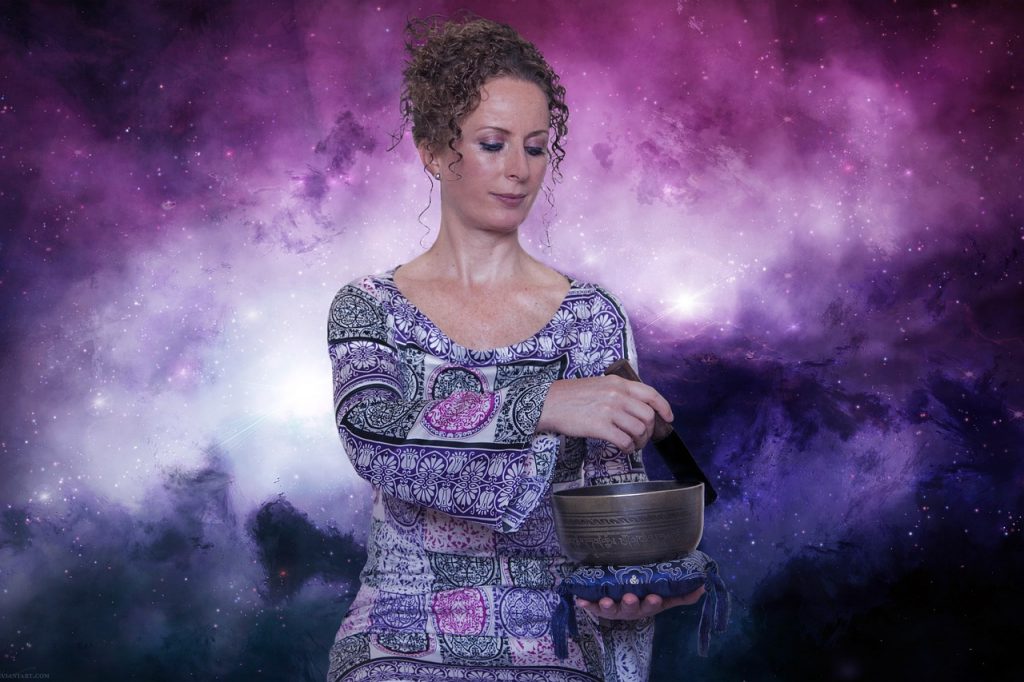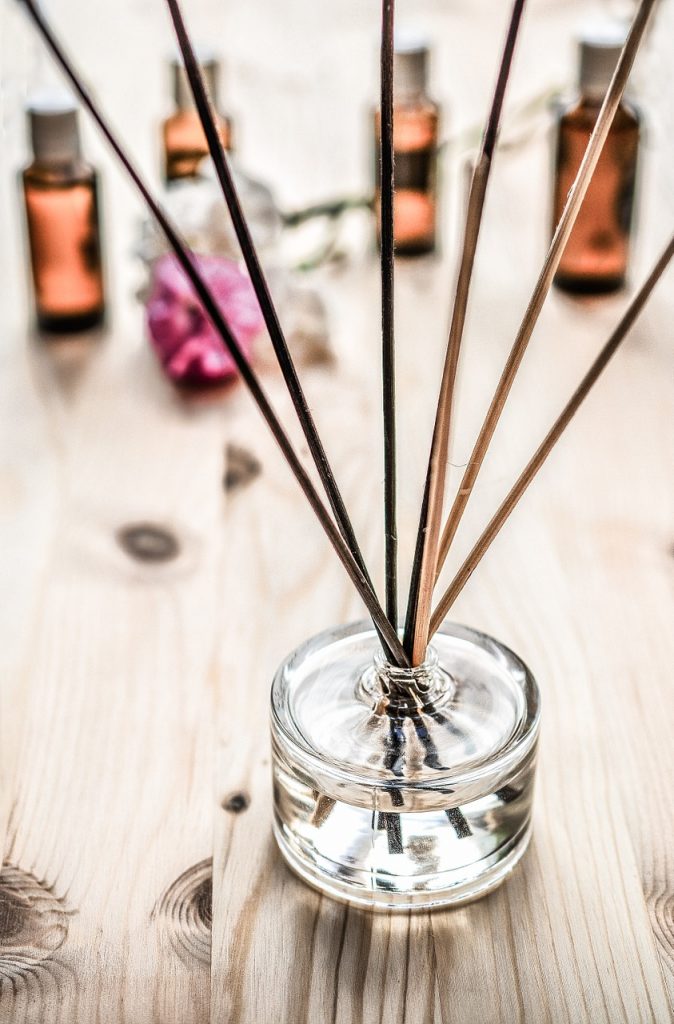Benefits of Reiki
The positive benefits of reiki can enhance your overall well-being. Researchers in a small 2016 study found that reiki was helpful in improving the quality of life for women with cancer. Women who had reiki showed improvements to their sleep patterns, self-confidence, and depression levels. They noted a sense of calm, inner peace, and relaxation

Everything you need to know about reiki
Reiki is a form of alternative therapy commonly referred to as energy healing. It emerged in Japan in the late 1800’s and is said to involve the transfer of universal energy from the practitioner’s palms to their patient. Energy healing has been used for centuries in various forms. Advocates say it works with the energy fields around the body.
A 2007 survey shows that, in the United States (U.S.), 1.2 million adults tried Reiki or a similar therapy at least once in the previous year. Over 60 hospitals are believed to offer Reiki services to patients.
Reiki is a form of energy therapy.
It involves the transfer of energy by laying on hands.
Reiki’s can treat many conditions and emotional states.
Some hospitals in America and Europe offer Reiki.





In Reiki, the practitioner transfers energy by placing their hands over or on the patient. The word “Reiki” means “mysterious atmosphere, miraculous sign.” It comes from the Japanese words “rei” (universal) and “ki” (life energy). Reiki is a type of energy healing. Energy healing targets the energy fields around the body. According to practitioners, energy can stagnate in the body where there has been physical injury or possibly emotional pain. In time, these energy blocks can cause illness. Energy medicine aims to help the flow of energy and remove blocks in a similar way to acupuncture or acupressure. Improving the flow of energy around the body, say practitioners, can enable relaxation, reduce pain, speed healing, and reduce other symptoms of illness.
Reiki has been around for thousands of years. Its current form was first developed in 1922 by a Japanese Buddhist called Mikao Usui, who reportedly taught 2,000 people the Reiki method during his lifetime. The practice spread to the U.S. through Hawaii in the 1940s, and then to Europe in the 1980s. It is commonly referred to as palm healing or hands-on healing.
What happens in a Reiki session?
Reiki is best held in a peaceful setting, but it can be carried out anywhere. The patient will sit in a comfortable chair or lie on a table, fully clothed. There may or may not be music, depending on the patient’s preference.
The practitioner places their hands lightly on or over specific areas of the head, limbs, and torso using different hand shapes, for between 2 and 5 minutes. The hands can be placed over 20 different areas of the body.
If there is a particular injury, such as a burn, the hands may be held just above the wound.
While the practitioner holds their hands lightly on or over the body, the transfer of energy takes place. During this time, the practitioner’s hands may be warm and tingling. Each hand position is held until the practitioner senses that the energy has stopped flowing.
When the practitioner feels that the heat, or energy, in their hands has abated, they will remove their hands and may place them over a different area of the body.
Some Reiki techniques
The techniques involved have names such as:
centering
clearing
beaming
extracting harmful energies
infusing
smoothing and raking the aura
Some Reiki practitioners will use crystals and chakra healing wands, because they find these can enable healing or protect a home from negative energy.
One of the benefits of Reiki healing is distance healing (where Reiki is sent over several miles) then, many practitioners will use crystals to assist with the energy vibrations.
Sessions can last between 15 and 90 minutes. The number of sessions will vary, depending on what a client wishes to accomplish. Some clients prefer to have one session while others have a series of sessions to work on a particular issue.
Health benefits
According to practitioners, the healing effects are mediated by channeling the universal energy known as qi, pronounced “chi.” In India, this is known as “prana.” This is the same energy involved in tai chi exercise. It is the life force energy that some believe surrounds all of us.
This energy is said to permeate the body. Reiki experts point out that, while this energy is not measurable by modern scientific techniques, it can be felt by many who tune in to it.
Reiki is alleged to aid relaxation, assist in the body’s natural healing processes, and develop emotional, mental, and spiritual well-being.
It is also said to induce deep relaxation, help people cope with difficulties, relieve emotional stress, and improve overall wellbeing.
People who receive Reiki describe it as “intensely relaxing.”
Conditions that Reiki has been used to help treat include:
cancer
heart disease
anxiety
depression
chronic pain
infertility
neurodegenerative disorders
autism
Crohn’s disease
fatigue syndromes
According to the University of Minnesota, patients who have undergone a Reiki session may say:
“I feel very refreshed and seem to be thinking more clearly.”
“I think I fell asleep.”
“I can’t believe how hot your hands got!”
“I feel more relaxed than even after a massage.”
“My headache is gone.”
Cancer patients who have Reiki say they feel better after. This may be because it helps them relax. Another reason, according to Cancer Research U.K. could be that the therapist spends time with them and touches them. This has a soothing effect on patients who may be overwhelmed by invasive therapy, fear, and stress.
Individuals report different experiences. Some say that the practitioner’s hands become hot, others report cooling hands and some people feel pulsating waves. The most common reports are of a release of stress and deep relaxation.
To visit the Top 10 Reiki Practitioners in Canada Enter Here
